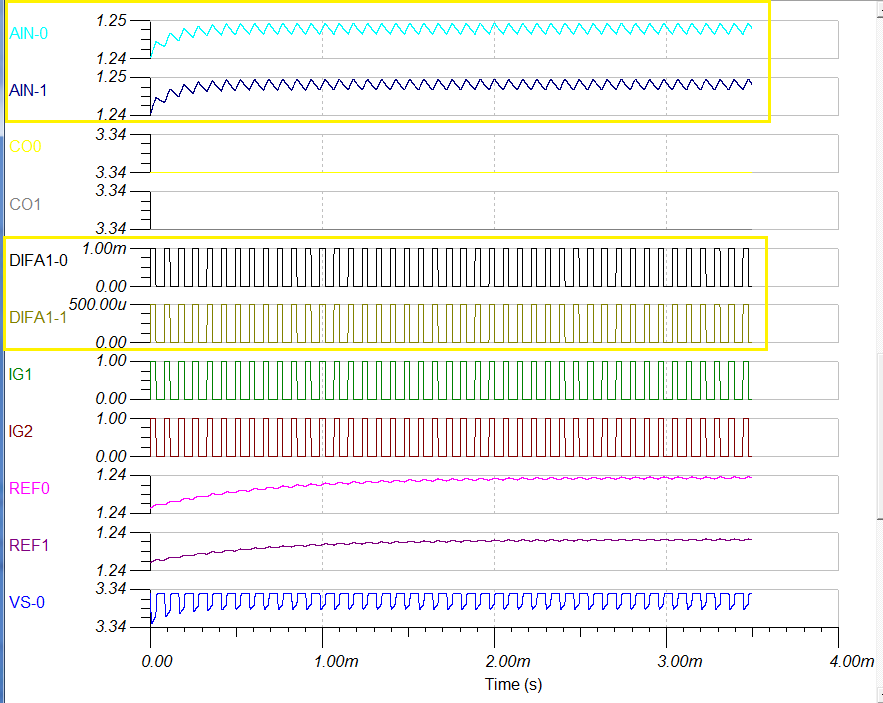Analysis of INA240-A1 in two transient models; 1mohm shunt on one INA and 500uohm shunt other INA Pspice circuit. Oddly both models produce same output signal plot (1.24v/1A) shunt current.
How can output amplitude plot the same peak voltage if 1mv/A shunt on one, 500uv/A shunt on other INA? Is there Tina options switch change require to evaluate each Pspice model separately? Have I missed point shunts uV/A value controls amplifier output level relative to the REF1+2 voltage level? What have I done wrong to evaluate two different V/A shunts.




